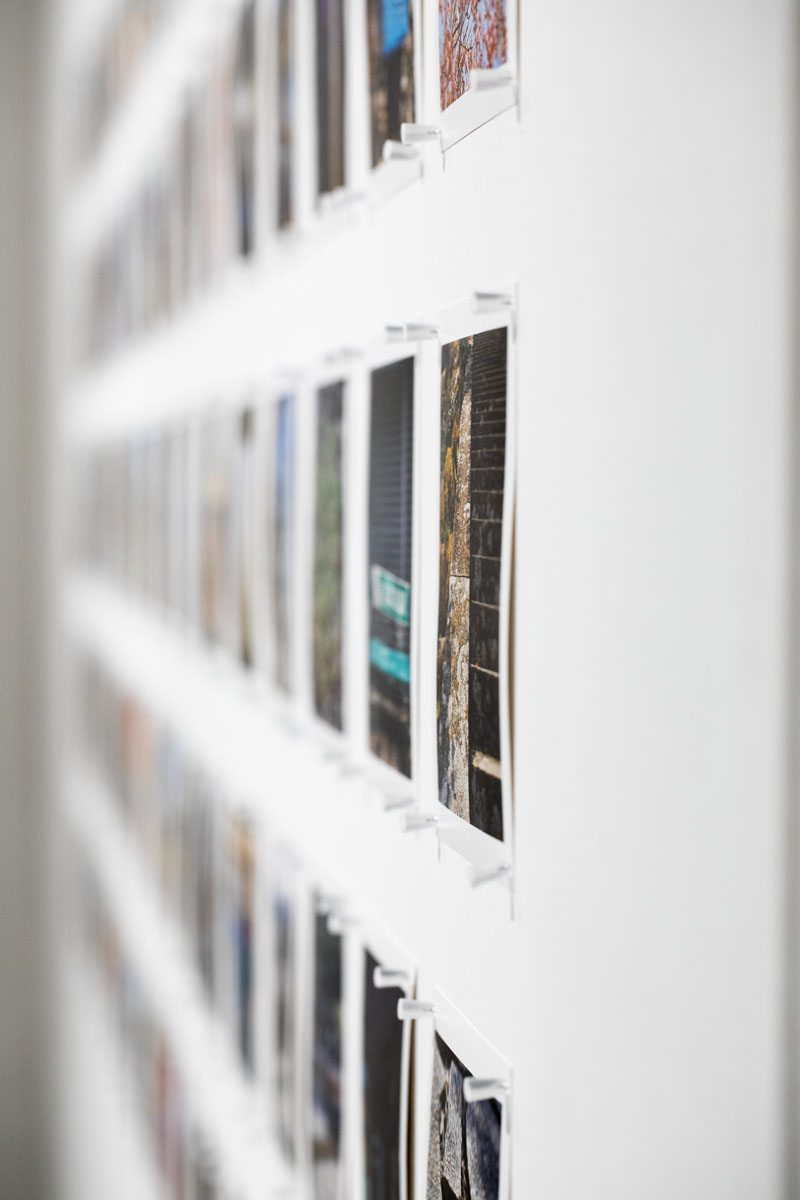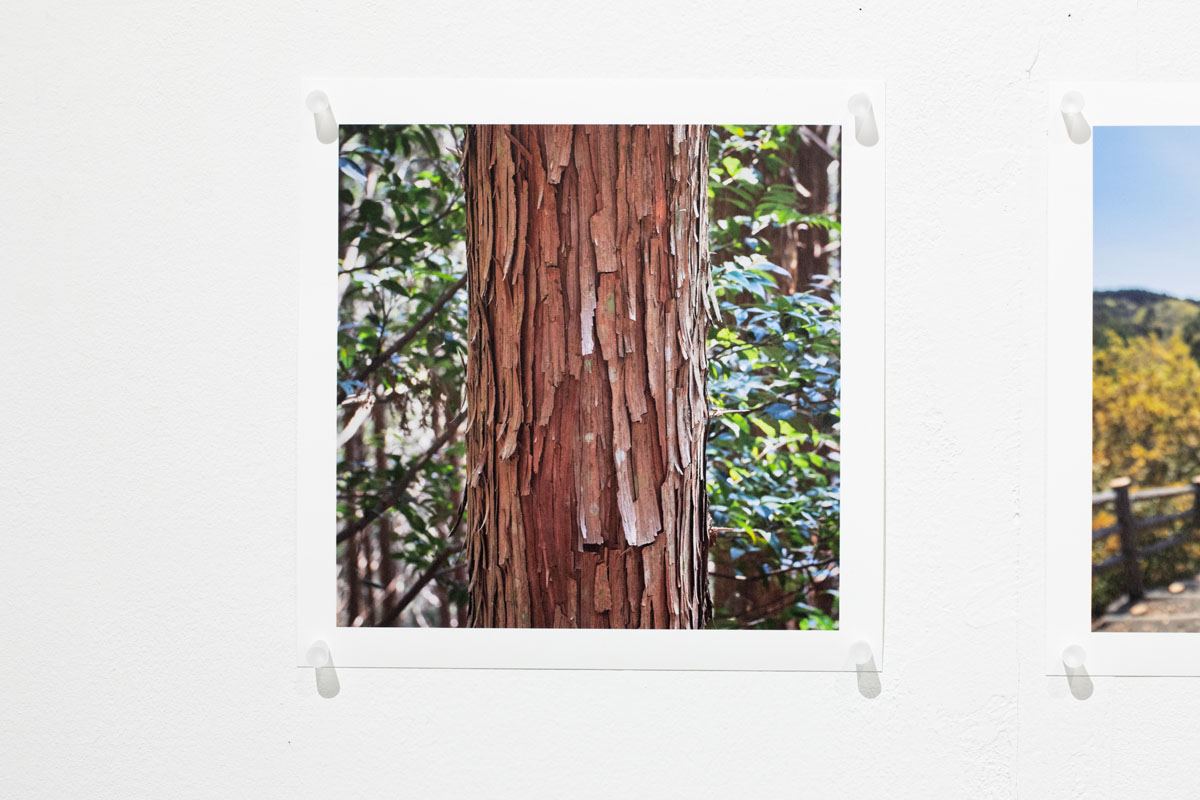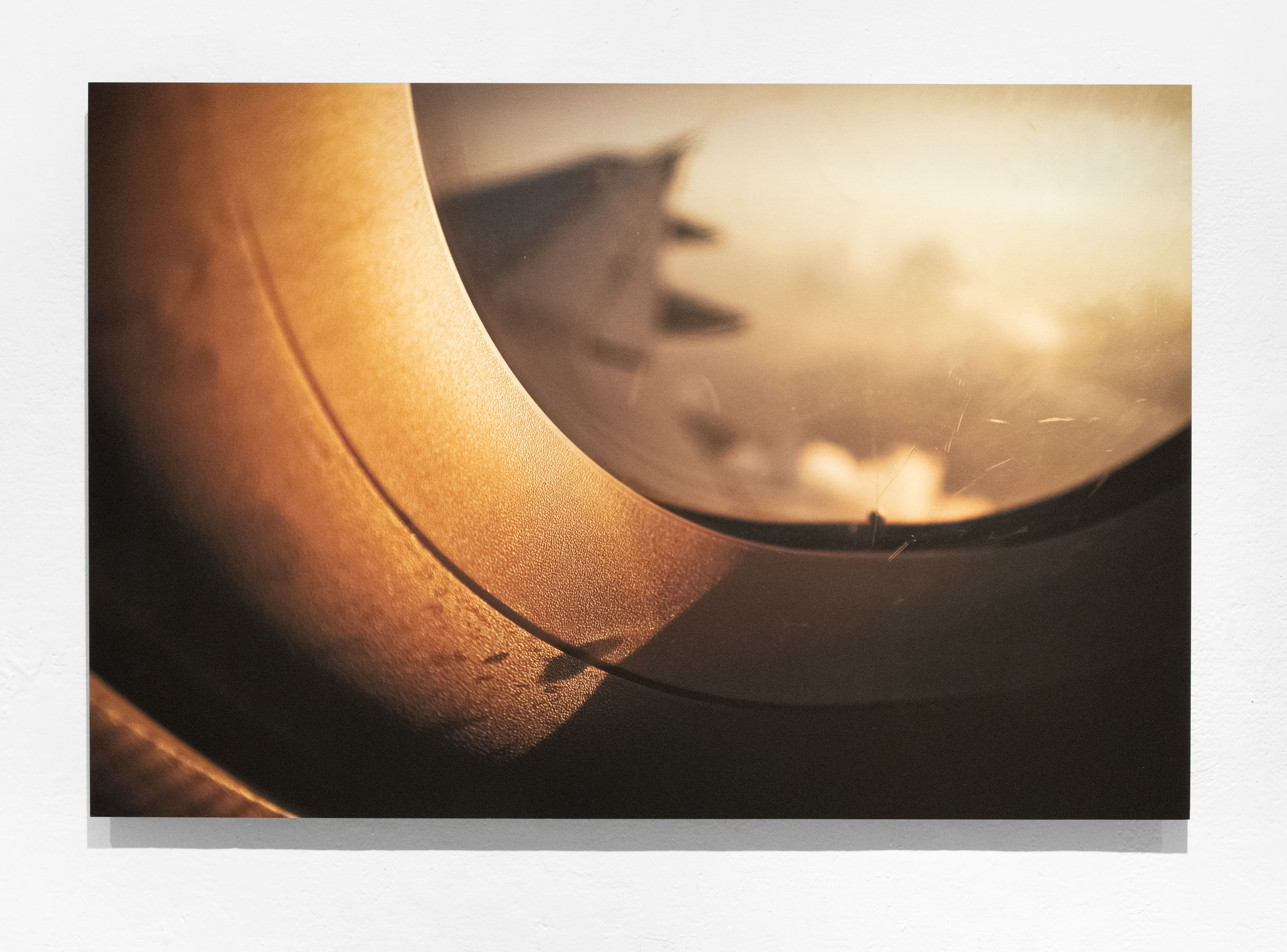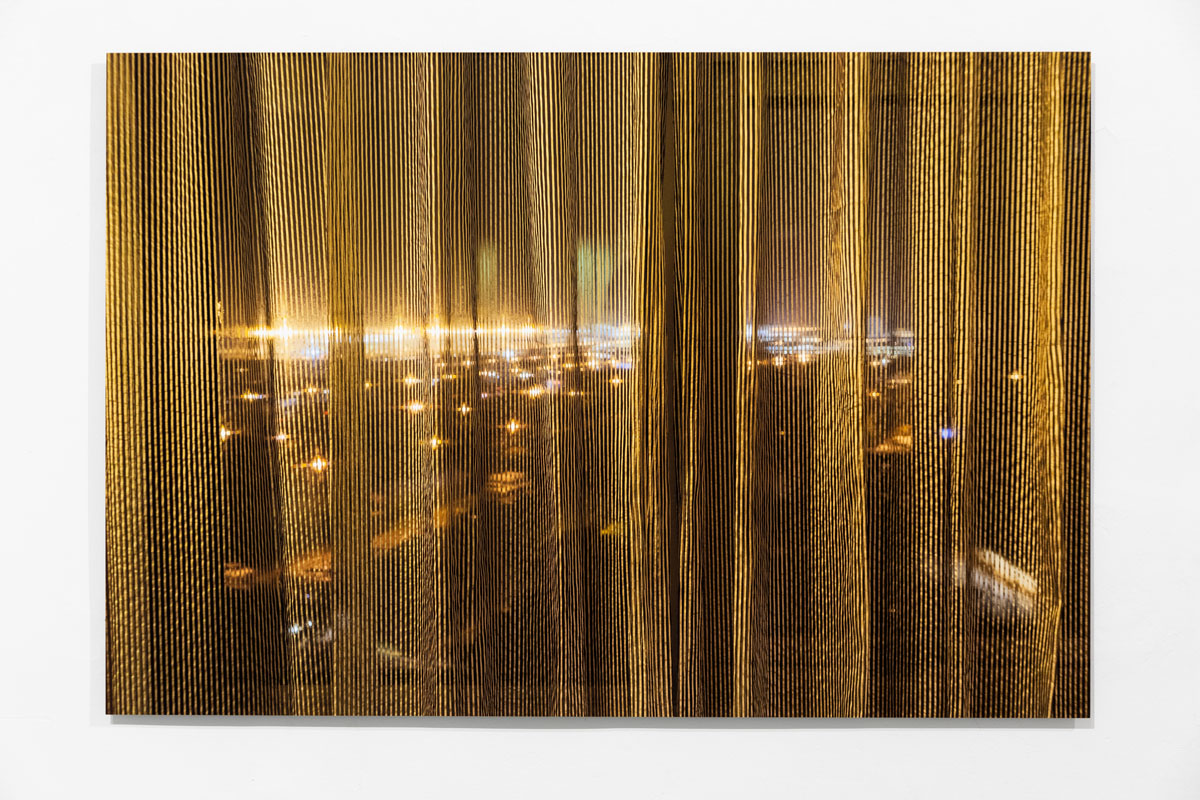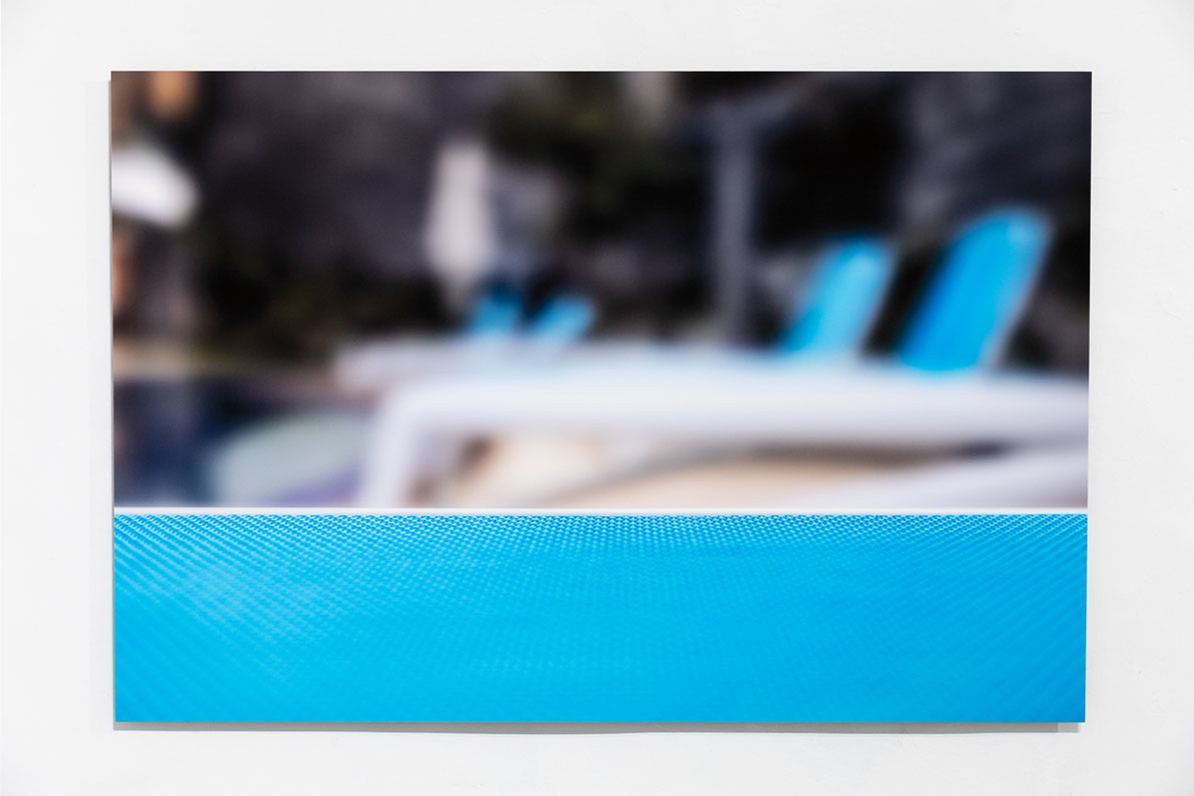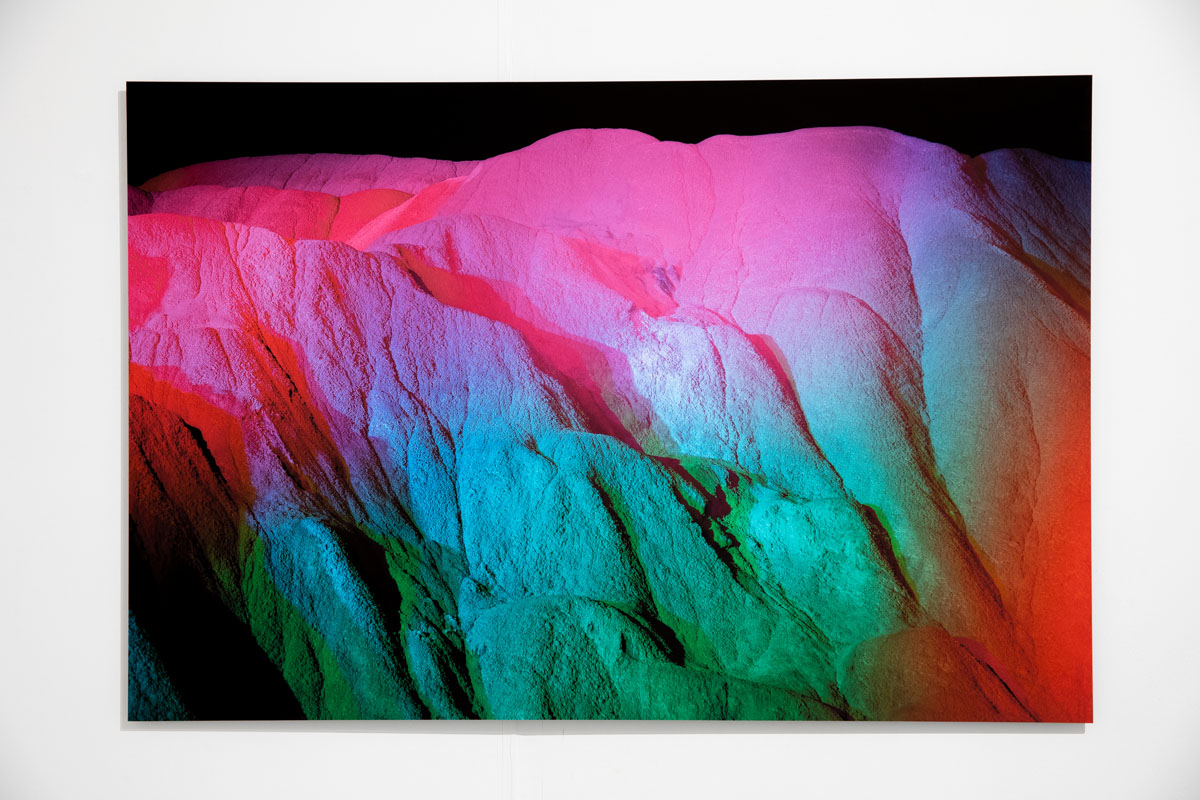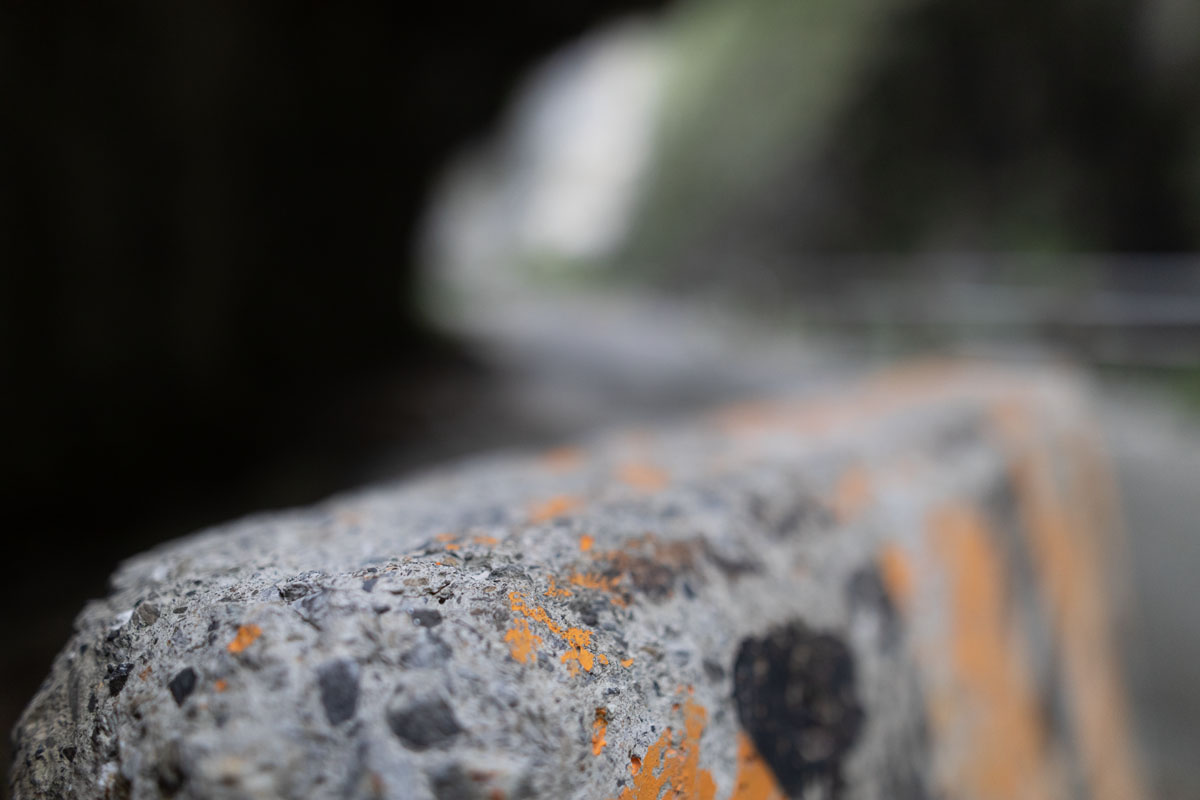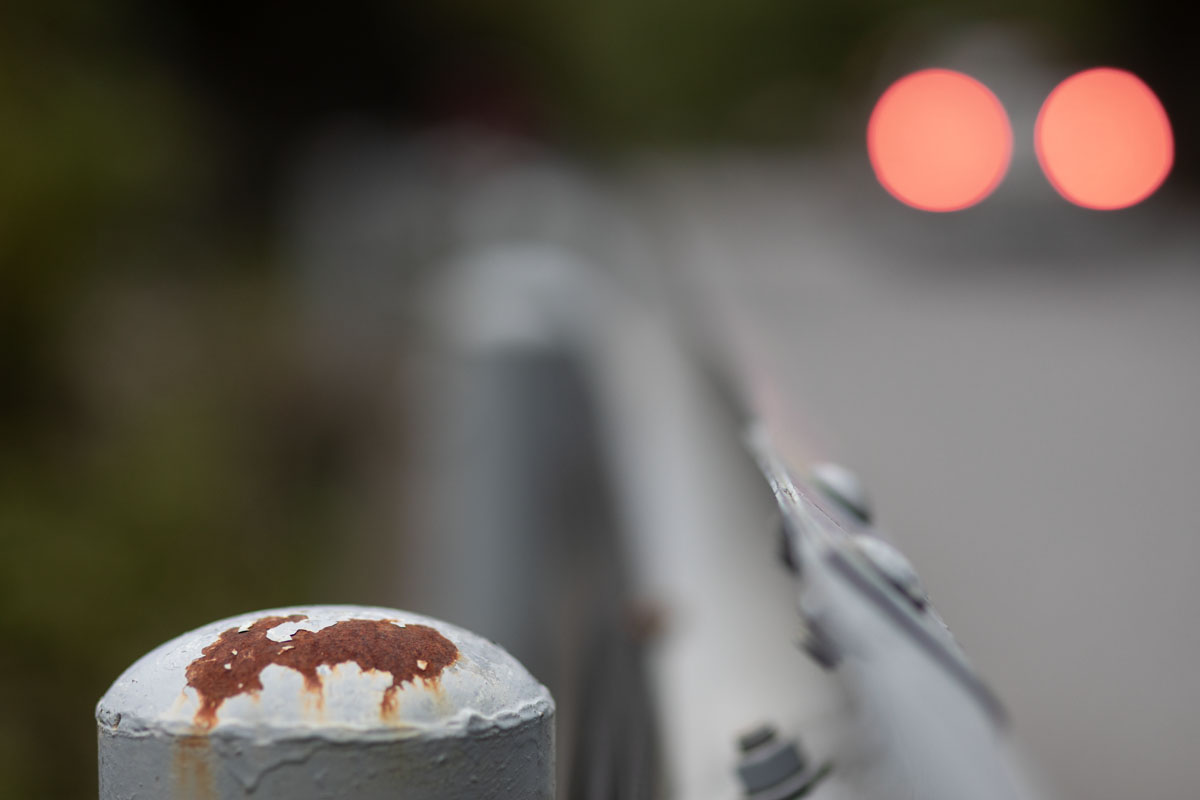Wakayama Atlas
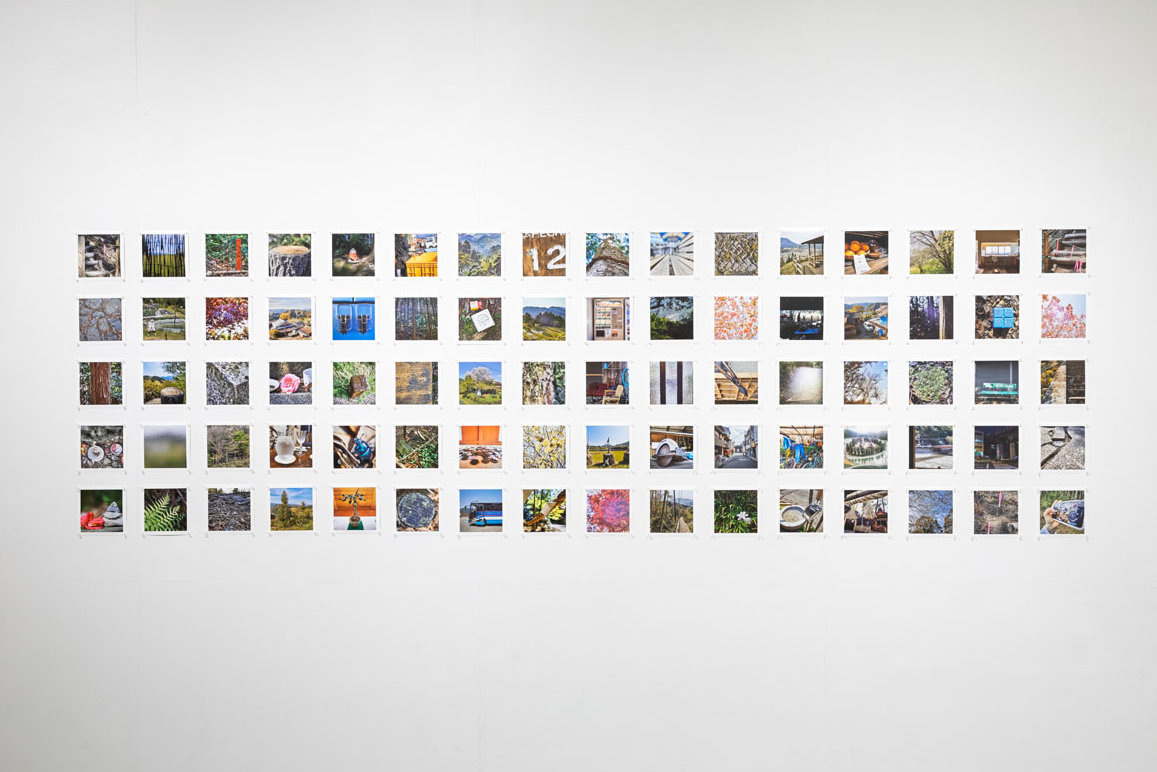
Transcript
"My name is Brian Smeets. I am a photography and sound artist based in Hong Kong. I recently completed a large photo print-based work that I'd like to share with you. Here I am packing the prints to ship to Switzerland for a show this summer, though I’m not sure when it will open with the Covid-19 quarantine. The limitations on travel have in some ways made this work, Wakayama Atlas (2019), more poignant to me. The atlas consists of 80-100 images taken during a journey in the Wakayama Prefecture in Japan. The images are observations of the temporary spaces we move through as we travel to the goal of our trip. Likely, the postcard destination differs from the things that make us consider things outside our regular work and home habits. The images aim to show the walkways, benches, and surfaces that guide us through the liminal spaces on the way. Train stations, bus stops, and hiking paths are the main areas that are overlooked, often by their design. The prints and images emphasize texture and surface and obscure full views with shallow depth of field and other photographic techniques. These also create images that are pleasing abstractions. The work of Gerhard Richter is a significant influence on both the technique and the format of this work. Mainly, I would like to avoid recognition of a place and set the focus on the physical beauty of the destination. The work is pinned to the wall directly, at a level where the viewer can move between the images freely, taking in the information in an order determined by their visual field. Previously I had 80 pictures installed in 5 rows, allowing each image its own space while creating unity in the whole set. It is quite hard to see all the images at once, causing the image to pull across the area of the gallery, echoing the unfolding of the story. I hope to see the work in its new form in person. Hopefully, it will bring comfort and an appreciation for the travel we are missing during this strange time."
